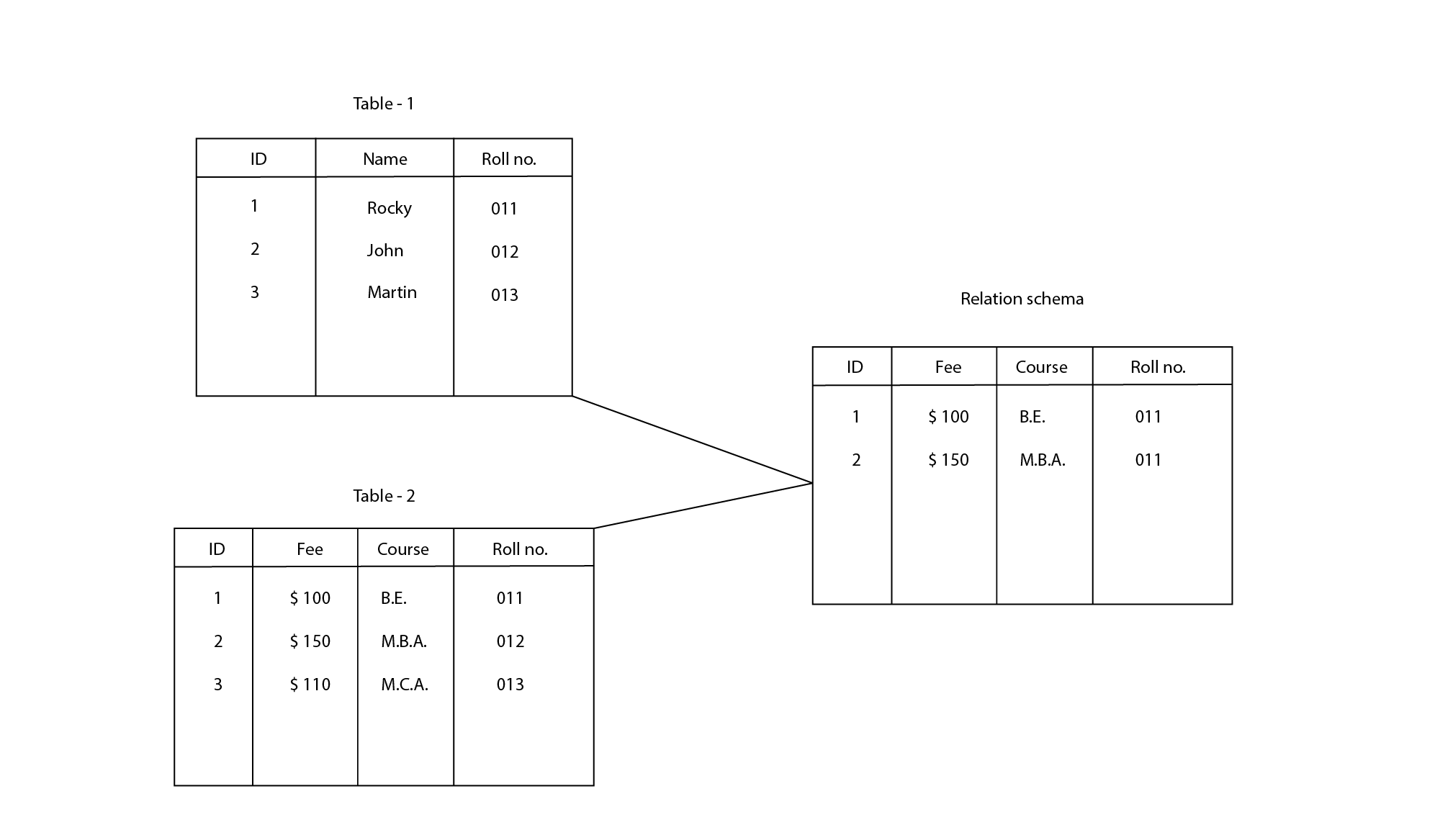Relational Data Model In Database Management System
By: Rajat Kumar | Last Updated: July 26, 2018
1. Introduction:
Hi techies, in this articles we are going to discuss about relational data model in database management system. A Database model defines the logical design and structure of a database and defines how data will be stored, accessed and updated in a database management system.
Today we are going to discuss about relational data model schema of DBMS. So lets get start.
1. Definition:
A relational database consists of collection of tables, each of which is assigned a unique name. it is primary data model for commercial data processing applications. Relational database model used widely around the world for data storage and processing. Relational database model has all the properties to store data efficiently. In General:
- Database schema - is a logical design of the database.
- Database instance – is a snapshot of the data in the database at given instant of time.
- Relational schema – is consist of list of attribute and their corresponding values.
- Relational instance – is related to programing language notation of variable for values for instant. Means user can access their data for any instant using database programming language.
2. Relational model mainly consist of:
Tables - In relational data model, relations are saved in the format of Tables. This format stores the relation among entities. A table has rows and columns, where rows represents records and columns represent the attributes.
Tuple − A single row of a table, which contains a single record for that relation is called a tuple.
Attribute – column header - or set of value in their corresponding header or attribute.
Domain Constraints (value set) - Attributes have specific values in real-world scenario. For example, age can only be a positive integer.
3. Relational model representation diagram:

That’s it for this article in upcoming articles I am going to explain you about different type of keys in database. If you like this article do share with your friends and others. So till than see you have a good day.